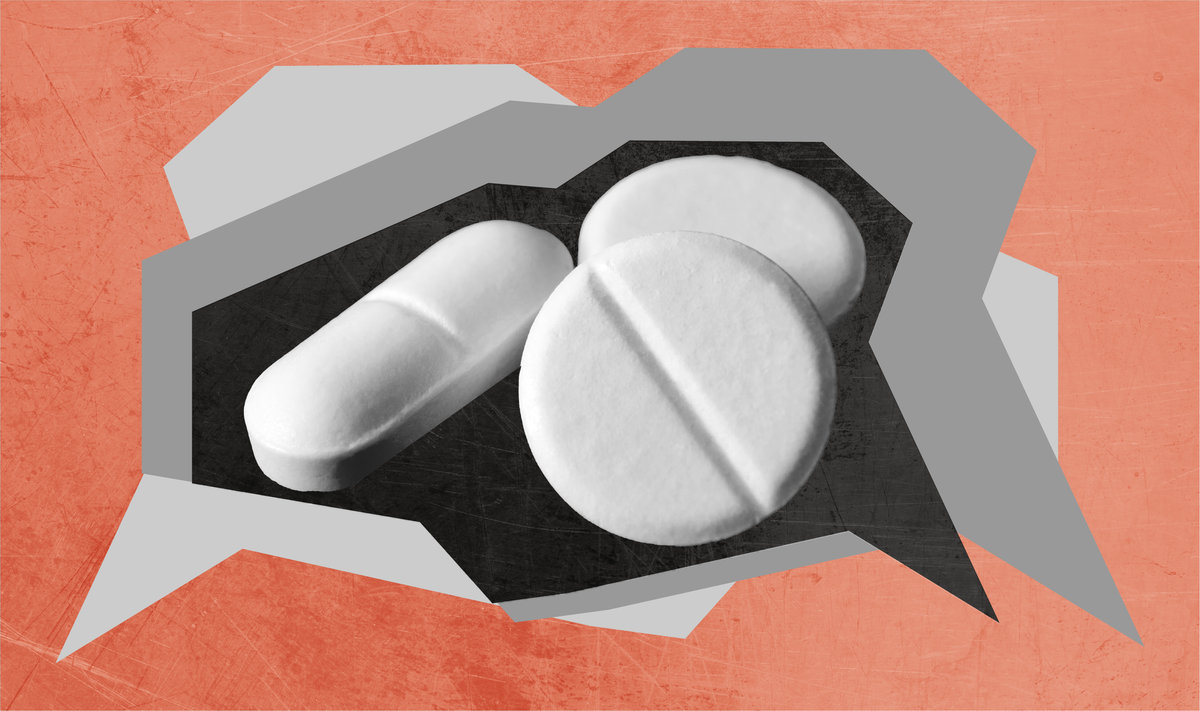Nashville naloxone vending machine elicits mixed reactions
Plus, posts repeated false claims about SSPs and discussed stigma against people who take medication for substance use disorder.

Plus, posts repeated false claims about SSPs and discussed stigma against people who take medication for substance use disorder.
This past week, social media posts discussed Nashville’s first free naloxone vending machine, and some suggested that providing the lifesaving medication encourages drug use. Other posts responded to a California mayor’s comments about solving homelessness by giving unhoused people fentanyl, with some falsely claiming that syringe services programs provide illegal drugs. Additionally, social media users shared experiences with workplace stigma after disclosing their history with substance use disorder.
In response, communicators may explain how naloxone can reverse an opioid overdose, outline the services that SSPs provide, and share resources for people experiencing workplace stigma and discrimination after disclosing their history of SUD or SUD treatment.

Insights brought to you by the reporters and science writers of Public Good News (PGN), a nonprofit newsroom dedicated to improving community health.
What’s trending nationally in conversations about opioids
On April 15, a Nashville news website reported that the city’s first free naloxone vending machine opened outside of a local convenience store. A Facebook post sharing the article received approximately 445,000 views, 3,800 reactions, 1,300 shares, and 2,200 comments as of April 23. While some comments celebrated the availability of naloxone and correctly noted that the medication saves lives, others alleged that providing free naloxone encourages drug use and expressed stigmatizing attitudes toward people who use drugs.
On April 18, a California mayor said in an interview that he wants to end homelessness in his city by giving unhoused people fentanyl, doubling down on a statement he made at a city council meeting in February. Social media users discussed his comments across platforms. On a Reddit thread sharing an article about the mayor’s statements, many commenters expressed outrage at the implication that he could rid his city of unhoused people by giving them a potentially lethal drug. Others discussed the importance of harm reduction programs for unhoused people who use drugs. On Facebook, many commenters expressed stigmatizing attitudes toward unhoused people who use drugs, and some falsely suggested that SSPs provide people with illegal drugs.
On April 16, a doctor shared a YouTube video discussing a patient who is facing stigma from her employer after disclosing that she is prescribed medication to treat SUD. The video received approximately 4,500 views and 50 comments as of April 16. Commenters shared personal stories about experiencing stigma and discrimination from employers after disclosing that they have a history of SUD. Some noted that the Americans with Disabilities Act protects people with a history of SUD who no longer use drugs from discrimination in the workplace.

Recommendations brought to you by the health communication experts behind Infodemiology.com.
Recommendations for public health professionals
Each week, the Infodemiology.com team will provide messaging recommendations in response to some of the trending narratives outlined above. These helpful tips can be used when creating content, updating web and FAQ pages, and developing strategy for messaging about opioids.
Claims that providing free naloxone encourages drug use naloxone are persistent. Communicators may want to recirculate information outlining the signs of an opioid overdose and reiterate that naloxone—often sold under the brand name Narcan—is a medication that can reverse an opioid overdose. Messaging may explain that naloxone may be available for free through local harm reduction programs or vending machine initiatives. People can also purchase naloxone at some grocery stores and convenience stores, online, and over the counter at pharmacies. Communicators may also want to explain how to use naloxone and direct community members to any local naloxone trainings. Messaging may emphasize that anyone can carry and administer naloxone, that it is safe to administer even if someone isn’t overdosing or isn’t overdosing on opioids, and that having naloxone available saves lives.
In response to false claims about SSPs, communicators may explain that many SSPs offer tools for safer drug use, like fentanyl test strips, but they do not provide drugs. SSPs also offer a wide range of other services, such as infectious disease testing and treatment, vaccinations, and referrals to care. They have been shown to reduce the spread of infectious diseases like HIV and hepatitis C, which benefits the whole community. Sharing information about local SSPs and other harm reduction programs is recommended, especially for community-based organizations that serve unhoused populations.
Posts about workplace stigma and discrimination against people with a history of SUD provide an opportunity to explain that the ADA prohibits employers from discriminating against employees who have a history of SUD but are not currently using drugs. The ADA also prohibits workplace discrimination against people who are prescribed medication such as methadone or Suboxone for SUD. Communicators may share tips for reducing stigma against people with SUD, as well as local recovery groups, drug treatment centers, and SAMHSA’s National Helpline (1-800-662-HELP).
